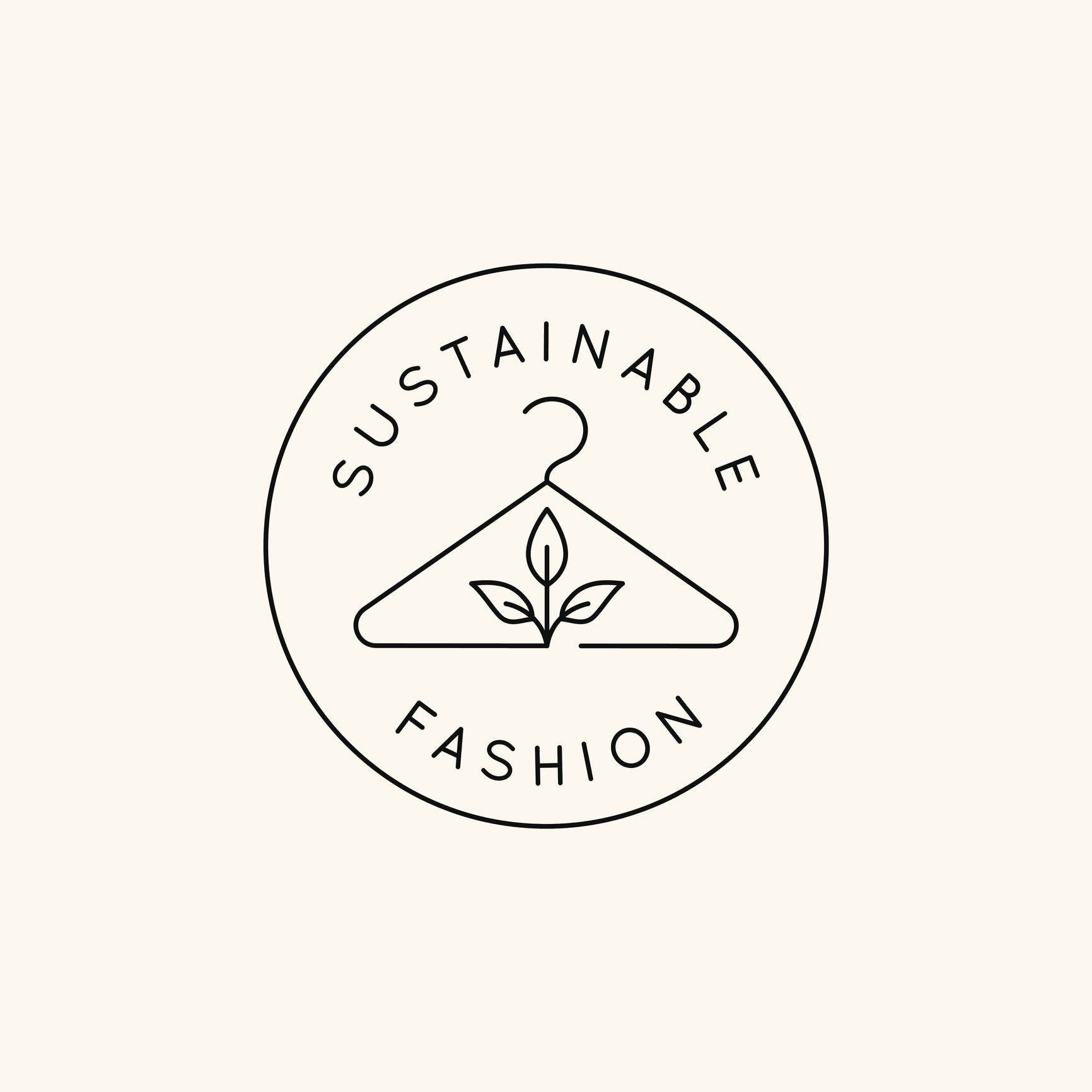By Matt Pruitt, Senior Analyst
I’ve talked before about the generational change in consumers, from Baby Boomers to millennials, and the challenges some retailers face in embracing this new market. Some of my clients ask me how they can cater to this new customer, knowing that their tastes and comfort level with higher price points are different. Well, there is one angle that I haven’t seen a lot of people talk about, but it could be key: millennial values.
Speaking as a millennial myself, I know that younger people are more concerned about the environment in general, which has led to a movement toward sustainable fashion. This includes not only how and where products are made, but also a focus on the quality and longevity of items, over spur of the moment consumption.
In fact, 66% of global millennials said they are willing to spend more on brands that are sustainable, according to a State of Fashion 2018 report by the Business of Fashion & McKinsey. This is the same group that is now estimated to have greater spending power than any generation.
In essence, sustainable fashion is a rejection of the fast fashion trends we’ve seen for the last decade or so. Eileen Fisher put it bluntly in 2015 when she noted that the clothing industry is the second largest polluter in the world, second only to oil.
As a response, we’ve seen a move toward clothing companies using toxic-free production and more ethical working conditions. But the bigger deal for our merchants is that the rejection of fast fashion puts a shining spotlight on what we have always valued: well-made, high-quality clothing that will last a customer for years. And of course, unique, quality clothing comes at a higher price. This is how we return to a discussion about building a wardrobe that will last, as opposed to only buying what’s trendy at this moment.
In fact, 66% of global millennials said they are willing to spend more on brands that are sustainable, according to a State of Fashion 2018 report by the Business of Fashion & McKinsey. This is the same group that is now estimated to have greater spending power than any generation.
And if you think that the movement toward sustainable clothing is not big enough to tap into yet, consider this: one of the world’s biggest fashion capitals, Paris, just announced plans to become the center of sustainable fashion by 2024.
So, the next time younger customer walks into your store, you may want to start a conversation about sustainable fashion and how it relates to quality, and niche designers. You may find that this new customer has a lot more in common with your older customers than you may have thought.

